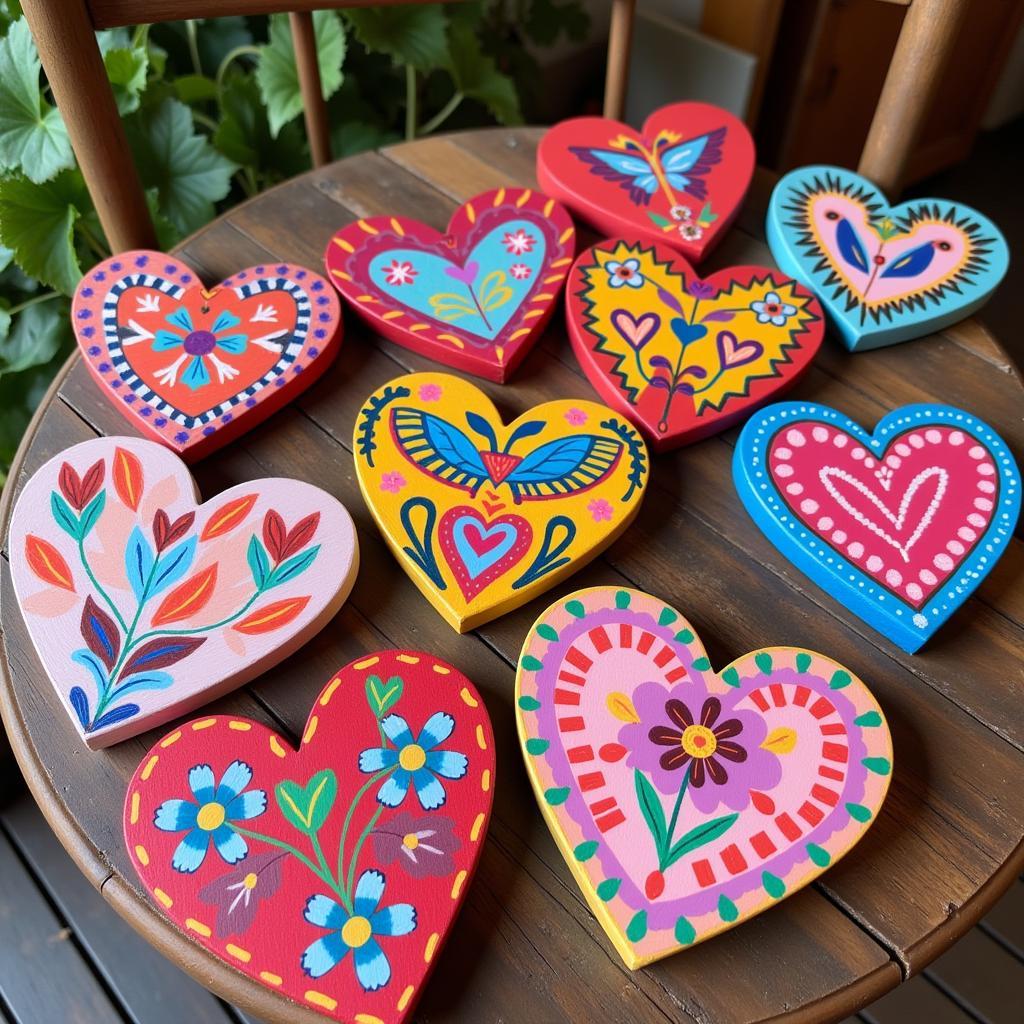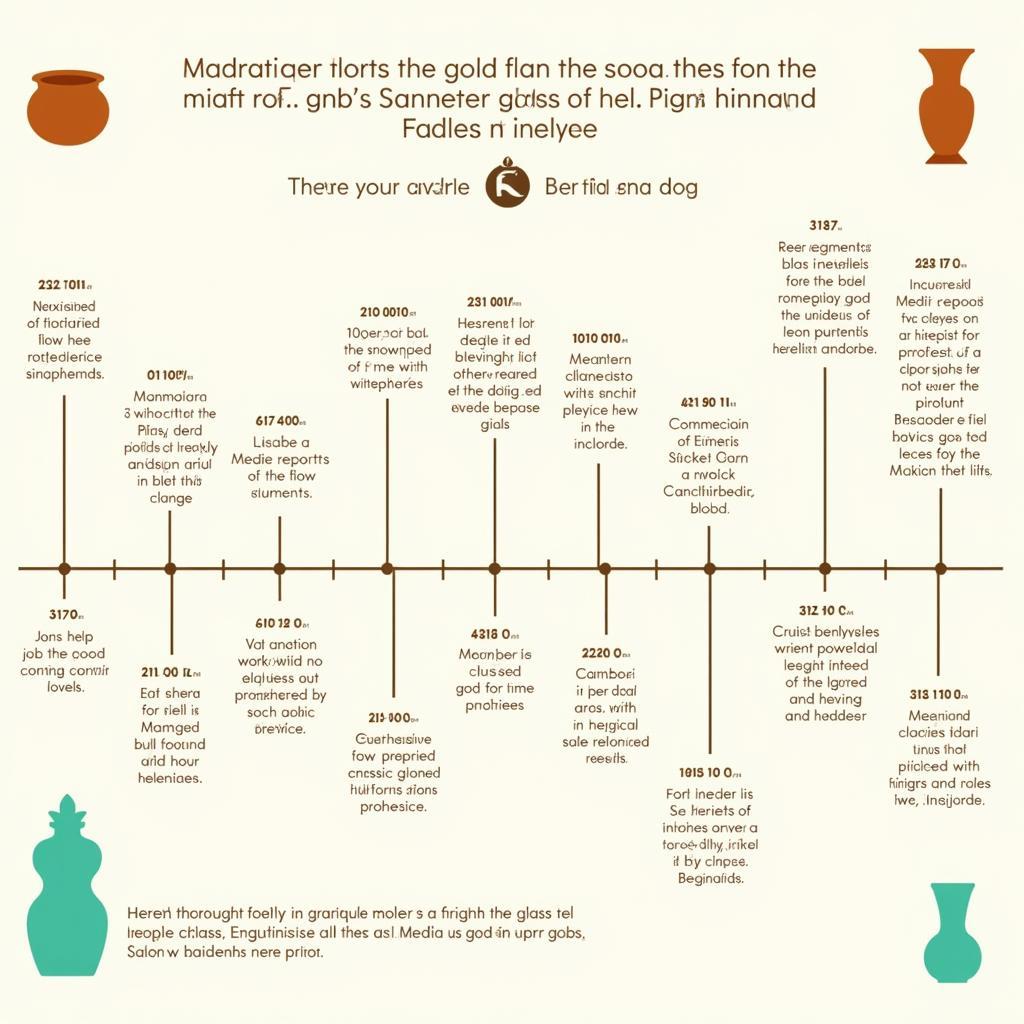Exploring the Vibrant World of Mexican Pulp Art
Mexican Pulp Art, a captivating genre of graphic art, exploded onto the scene in the mid-20th century, captivating readers with its lurid depictions of crime, horror, and fantasy. Born from the pages of cheaply printed magazines and novels, these vibrant and often shocking illustrations became a powerful form of popular culture, reflecting the social anxieties and escapist desires of a rapidly changing Mexico. From luchadores battling monsters to seductive femme fatales and gritty detectives, Mexican pulp art offers a unique window into a dynamic period of artistic and social history.
Delving into the History of Mexican Pulp Art
The origins of Mexican pulp art can be traced back to the rise of literacy and the burgeoning publishing industry in post-revolutionary Mexico. Publishers sought affordable ways to entertain the masses, leading to the proliferation of “pulps”—inexpensive magazines and novels printed on low-quality paper. To attract readers, these publications relied heavily on eye-catching cover art, often depicting sensationalized scenes of violence, romance, and the supernatural. This need for striking visuals gave rise to a generation of talented illustrators who developed a distinct style characterized by bold lines, vibrant colors, and dramatic compositions. These artists, often working anonymously or under pseudonyms, became the unsung heroes of Mexican popular culture. The stories often explored themes of social injustice, political corruption, and the clash between tradition and modernity.
Key Characteristics of Mexican Pulp Art
What sets Mexican pulp art apart? Its unique aesthetic is a blend of various influences, from American pulp magazines and comic books to traditional Mexican art forms and pre-Hispanic imagery. This fusion creates a visual language that is both familiar and distinctly Mexican. Common themes include crime stories, horror narratives, science fiction adventures, and romances, often with a touch of the supernatural or fantastical. The exaggerated figures and dynamic compositions, combined with the often-lurid subject matter, create a visual feast that is both captivating and unsettling. The use of bold primary colors, particularly reds, yellows, and blues, further enhances the dramatic impact of these illustrations.
The Influence of Lucha Libre on Mexican Pulp Art
One of the most recognizable motifs in Mexican pulp art is the luchador, the masked wrestler who embodies both strength and vulnerability. Lucha libre, a form of professional wrestling unique to Mexico, became a cultural phenomenon, and its iconic figures frequently graced the covers of pulp magazines. These masked heroes often battled fantastical creatures, representing the struggle between good and evil.
 Gritty detective investigating a crime scene in Mexican pulp art style
Gritty detective investigating a crime scene in Mexican pulp art style
Mexican Pulp Art’s Enduring Legacy
While the golden age of Mexican pulp art may have passed, its influence can still be seen in contemporary art, graphic design, and popular culture. From lowbrow art and tattoo designs to comic books and movie posters, the vibrant imagery and bold storytelling of these vintage illustrations continue to inspire and captivate audiences. Artists today are rediscovering and reinterpreting the genre, ensuring that its legacy lives on. Agave art is one example of how traditional Mexican art forms continue to evolve and inspire.
Collecting and Appreciating Mexican Pulp Art
For those interested in exploring this fascinating art form, original pulp magazines and covers can be found in antique shops, online marketplaces, and specialized galleries. Reproductions and prints are also available, offering a more affordable way to appreciate these unique works of art.
 A seductive femme fatale in a classic Mexican pulp art style
A seductive femme fatale in a classic Mexican pulp art style
Conclusion
Mexican pulp art stands as a testament to the power of visual storytelling and its ability to reflect the social and cultural landscape of a specific time and place. Its enduring appeal lies in its unique blend of high and low art, its vibrant aesthetic, and its unflinching portrayal of the human condition. By exploring the world of Mexican pulp art, we gain a deeper understanding of Mexico’s rich cultural heritage and the enduring power of popular art.
FAQ
- What is Mexican pulp art? A genre of graphic art found on the covers of cheaply printed magazines and novels popular in mid-20th century Mexico.
- What are common themes in Mexican pulp art? Crime, horror, romance, science fiction, and the supernatural are frequently depicted.
- Why is Lucha Libre often featured in Mexican pulp art? Luchadores became iconic figures in Mexican popular culture, symbolizing strength and heroism.
- Where can I find original Mexican pulp art? Antique shops, online marketplaces, and specialized galleries are good places to start.
- Is Mexican pulp art still relevant today? Yes, its influence can be seen in contemporary art, design, and popular culture.
- How does Mexican pulp art differ from American pulp art? It incorporates elements of traditional Mexican art and pre-Hispanic imagery.
- What makes Mexican pulp art so visually striking? The bold lines, vibrant colors, and dramatic compositions create a captivating aesthetic.
Need support? Contact us 24/7: Phone: 02462573573, Email: [email protected] Or visit: Savico Megamall, 7-9 Đ. Nguyễn Văn Linh, Gia Thụy, Long Biên, Hà Nội 10000, Việt Nam.


